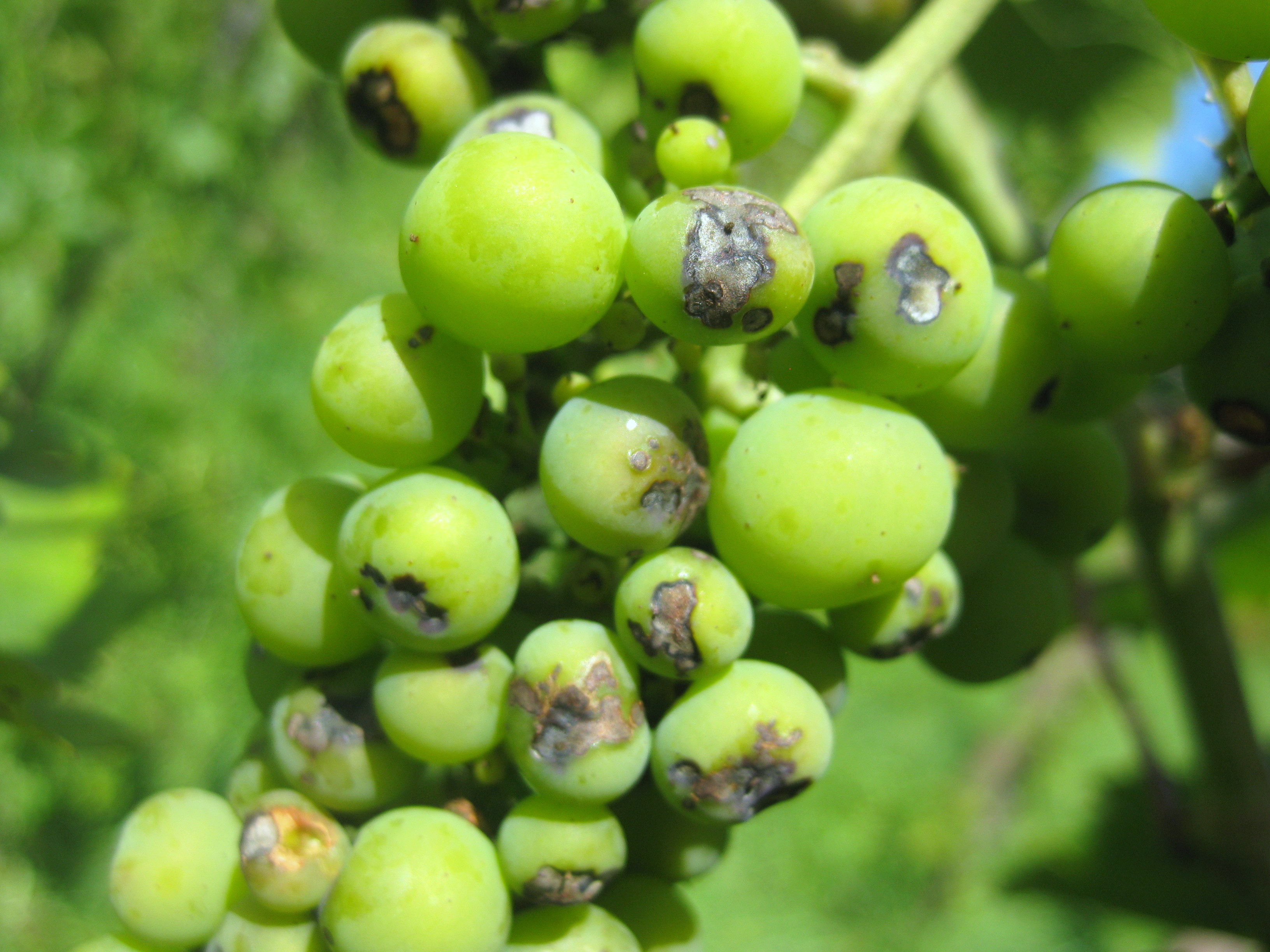hello Bottlers.
I visited Vermont winemaker Deirdre Heekin earlier this week at their Garden of Eden-like farm in Barnard. Heekin and husby Caleb Barber own Woodstock restaurant Pane e Salute. Much of what they offer at the resto is grown on the farm. Deidre runs the front of the house and is responsible for one of the most charming small dining rooms I’ve ever been in. Their pizza is surpassing.
Veteran travelers in Italy, the couple curates a very stylish all-Italian wine list. Five years ago, Heekin turned her hand to viticulture in a serious way, planting one acre of their property to marquette, blaufrankisch, three colors of frontenac, la crescent, and riesling. Around 800 bottles emanate from her garage-sized cantina (hence the name La Garagista). See a gallery of photos of the property here.
2013 has so far been the plague year in Vermont vineyards. Recording-breaking rain and humidity have made the vintage a challenging one for every grape-grower here. On a tour of the vineyards, Deirdre showed me nascent bunches weakened by downy mildew and defaced by black rot (photo below). To top it off, Japanese beetles have turned some leaves into lace.
La Garagista is a fully organic property and Heekin applies biodynamic principals as diligently as she can, but the stress this year may actually be too much for biodynamic “plant medicines,” herb infusions sprayed on the vineyards. “This may be a year when all the plant medicines in the world will not be enough,” she told me.
“The healthier your plants are the more successfully they can resist disease. Boost a plant’s overall health and it can put up a pretty vigorous defense on its own.”
Springs underlie the meadow where the vineyard is set, and Heekin suspects that the roots of some vines are constantly in touch with moisture – a condition she refers to as “having wet feet.” This may be the problem among the marquette vines (a red, French-American hybrid) which can clearly be seen to have suffered the most. In a neighboring block, the la crescent vines (a white hybrid variety) seem to have suffered much less.
While it’s likely that the water table in the vineyard is higher than usual, it’s also possible that the roots of the now four year-old vines are just now reaching a depth where water is available to them. It may be that, in spots, the drainage at the site is not all one could wish. They’ve considered planting willow trees higher up the slope (willows are champion ground water guzzlers). The couple also have their eyes on property across the road which lies above their own in these sunny uplands. They suspect the drainage is better there.
It’s interesting that after several years of farming this property there are still things to be learned about it. It’s one of the inherent risks in establishing a vineyard on virgin land – especially in New England, where wine grapes have so little history. There’s really no way to determine in advance whether a given site can support vines capable of making quality wine.
Heekin, who made many friends among wine growers in Italy and France in the course of her travels taps the relationships for advice when she encounters problems. She’s likely the only vintner in Vermont in a position to ring up Campanian winemaking star Bruno De Conciliis when she’s stuck on something. She’s been discussing the black rot problem with Emmanuel Guillot-Broux of Domaine Guillot-Broux in the Maconnais.
One of the important pieces of advice she’s received is that in order to successfully farm your vineyard you must truly know it.
Knowing a vineyard well enough to survive a year like 2013 may well be the work of a lifetime.
-Stephen
